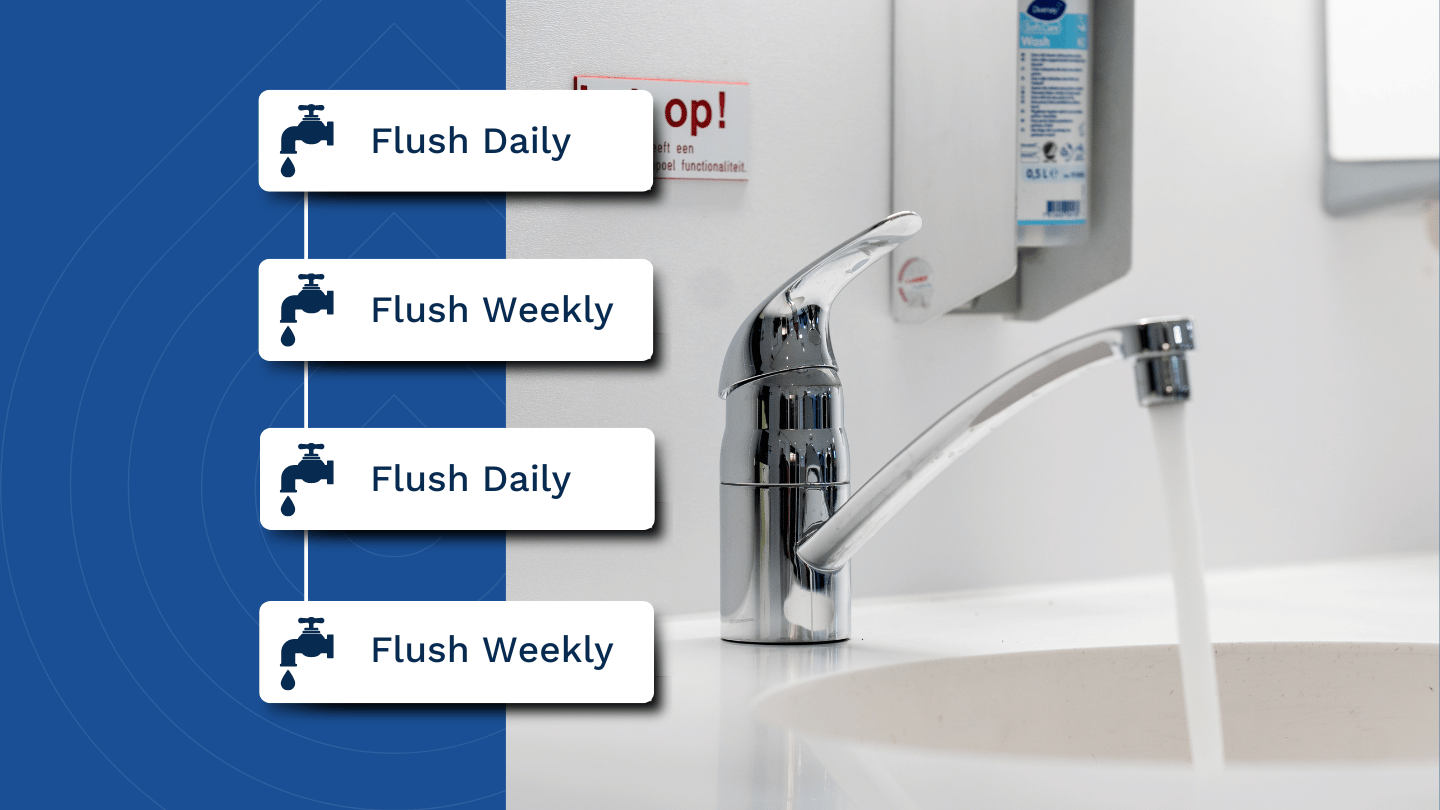Netherlands planning ban on lead pipes
In the UK, the use of lead pipes was banned in 1970. Many buildings from before 1970 still have lead pipes though. The government advises to replace them, but this is not a legal requirement and is solely the responsibility of the building owner. (the pipies inside the building as well as the pipes connecting them to the main water supply)
The Netherlands now take the next step towards banning lead pipes entirely. There, a substantial amount of buildings dating from before 1960 still have lead pipes. Lead was used a lot in paint and piping in the years after the war, since its harmful properties were not yet known back then.
We now know lead can cause serious harm, especially in children. Therefore, the use of lead in new-builds has been banned for years. Soon, a law will be introduced banning the presence of lead piping in any building where children may spend time. This includes schools, daycare facilities and houses. Owners of these types of buildings will be legally required to replace them.

What danger does lead piping pose?
European drinking water guidelines state that tap water should contain no more than 10 micrograms of lead per litre. The Netherlands are also planning to adjust this to 5 micrograms per litre.
Higher concentrations of lead in drinking water can lead to significant health problems for adults, but especially for children. Adults risk hypertension and an increased chance of developing kidney disease, whereas children’s brain development is hindered, leading to a lower IQ. Children up to 7 years are most at risk, this includes unborn children: pregnant women are therefore also part of the at-risk group.

What other materials can be used?
Piping in more modern buildings can be made of galvanised steel, copper or plastic. This eliminates the chance of lead ending up in drinking water. Each material has some disadvantages of its own though.
Galvanised steel (steel covered with a thin layer of zinc to prevent oxidation) is a robust, inexpensive material. However, it’s quite unflexible, making it hard to realise a complex network of pipes. Building a network of galvnised steel pipes is also an expensive and time-consuming job.
Copper is a more flexible material, but quite expensive and prone to theft. When using copper, it’s important to make sure that no lead solutions are used to join pipe parts together.
Plastic offers various advantages: it’s inexpensive and it’s easy to create pipe networks from it. Nonetheless, water heats up more quickly in plasctic pipes, increasing the risk of legionella spreading. It’s essential to have an effective inspection and control scheme for legionella. To save time and money, you can opt for automated legionella control, such as LD-Inspection or LD-Control. With this type of solution, you can be sure to minimise the risk of problematic legionella growth, without having to spend a lot of resources.
When new pipes made of any type of metal have been installed, it’s important to flush all outlets daily for the first few months. This is because metal pipes erode in the beginning and particles end up in the water supply. It’s advised to run all water outlets for two minutes every morning. This can be easily combined (and automated) with any legionella-related control tasks.

What will happen with existing lead pipes?
A complete ban on all lead pipes will not be introduced yet, but owners are advised to inspect their buildings for any lead pipes and, if these are present, to replace them. An inspector will always advise on replacing any lead pipes he encounters during an inspection. This is documented in the ‘technical recommendations’ section of the report. If it’s not possible to replace all lead pipes in the short term, it’s recommended to start by replacing only pipes leading to outlets used for drinking water.
Interested?
Experience the benefits yourself!



